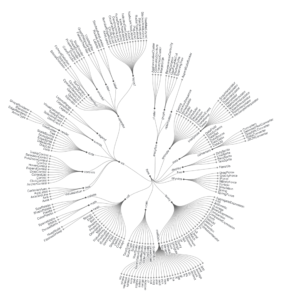Sale!
Description
Description :
Tadpoles are the larval stage of amphibians, including frogs, toads, and some salamanders. Resembling small fish with long tails, tadpoles typically inhabit freshwater habitats such as ponds, lakes, and streams. During this stage, they breathe through gills and feed primarily on algae, detritus, and organic matter. As they grow and develop, tadpoles undergo metamorphosis, gradually transforming into adult amphibians with legs and lungs. Tadpoles play essential roles in aquatic ecosystems as prey for various predators and contributors to nutrient cycling, helping to maintain the balance and health of their habitats.
Purposes :
Uses :
Only logged in customers who have purchased this product may leave a review.







Reviews
There are no reviews yet.